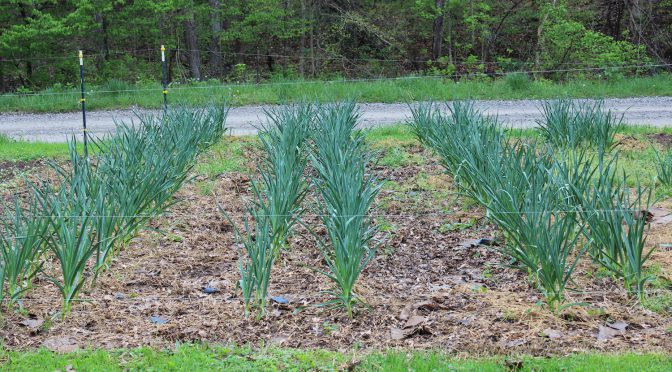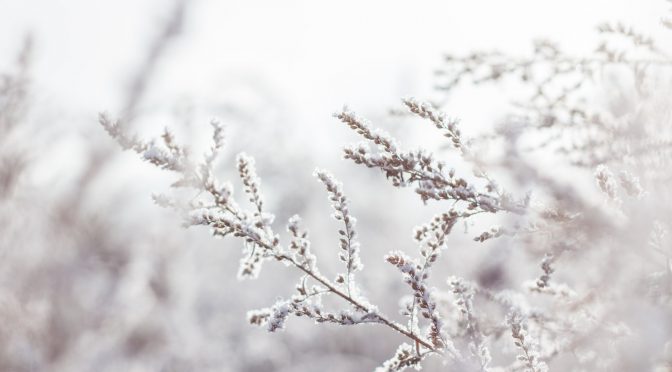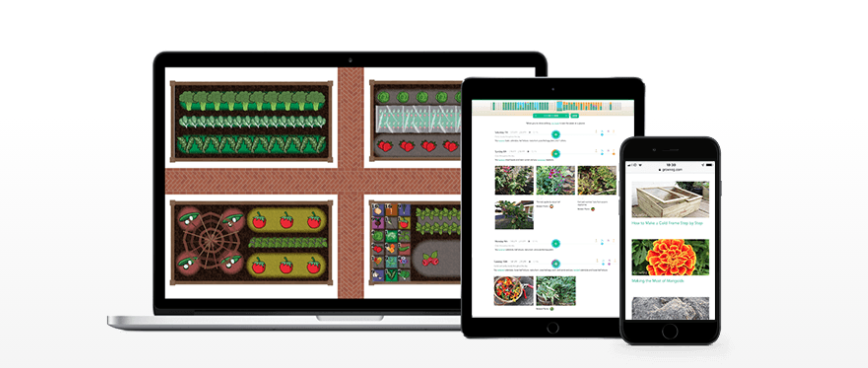For some gardeners, the ultimate goal is to grow as much of their own produce as possible. If that’s your goal, it can often be tough to plan a garden. How do you decide whether to plant three pepper plants or 20?
The go-to first advice is only to plant what you already eat.
The first step is to take a look at your grocery list or receipts. Look at how often you buy what. How many onions does your family purchase each week? How many cans of tomato sauce? With this information, you can then find out how many your family eats per year.
Unfortunately, even with this information, exactly how much to plant can be tough to nail down. You’ll be facing uncertainties in yields based on different varieties, weather, pest pressure, and much more. It may take a few years of experience before you achieve a plan that works for your family, which brings us to my next piece of advice.
Start a Garden Journal
Keep track of how much you plant this year and how it does! This information will make planning for next year a little easier.
Planting Recommendations
Here are a few planting recommendations for some common crops. These are just starting points! Feel free to alter these depending on your family’s needs. You may find they work perfectly, or you might have different numbers based on a wide range of factors.
Snap Beans
Planting anywhere from 10-50 plants per person is probably a good place to start. If you love beans or plan to freeze or can beans for winter, you’ll want to be on the higher end of this spectrum.
Broccoli/Cauliflower
It may not seem like a lot, but 5-15 plants per person may be all you need. This will allow you several fresh meals during the summer with some to freeze.
Cucumbers
Cucumbers are heavy producers, so you probably need fewer plants than you’d think. Planting 2-5 plants per person should be enough even if you want to preserve pickles.
Sweet Corn
Depending on if you want to can or freeze corn, you’ll probably want to plant between 20-100 row feet per person. Sweet corn is an excellent crop to succession plant to avoid getting your harvest all at once.
Cabbage
Unless you eat a lot of sauerkraut, cabbage may not be one of your family’s staples. It can, however, be an excellent crop for those looking to be more self-reliant. It’s easy to store fresh or ferment and can be grown during cool seasons. Plant 5-15 plants per person.
Check out the variety “January King” for a good winter cabbage.
Carrots
Like cabbage, carrots can be an excellent storage crop. They also take up relatively little garden space. Try growing 30-60 plants per person. It’s also a good idea to succession plant carrots.
A great storage variety is “Oxheart.”
Garlic
If you like garlic, you may want to plant quite a bit. It stores well alone and is also great for flavoring other preservation recipes. 25-50 plants per person would be a good range to start in.
Greens
Many greens like chard, collards, and kale will continue to provide harvests for weeks. It’s probably safe to start with around 5-10 plants per person, which should give you plenty to dry, freeze, or ferment.
Lettuce
Lettuce grows fast but doesn’t keep long. Start with around 10 plants per person and plan on multiple successions throughout the cool seasons. You can also use shade cloth to help keep lettuce from bolting.
Onions
Unless you dislike onions, you’ll probably want to plant a lot. They take up little space. You may also use more of them than you’re accustomed to if you decide to add them to other preservation recipes like pickles or spaghetti sauce. Depending on your family, 50-100 onions per person should get you through a year.
Adding perennial onions to your garden can also help supplement this.
Peas
Peas are an easy, early crop that takes up relatively little space. Consider growing 20-100 plants per person, especially if you can freeze some.
Peppers
Peppers are quite productive so you probably only need 3-5 plants per person. You’ll want to explore different varieties depending on your goals. Some are excellent for pickling, others are great for stuffing, while some make excellent hot sauce or paprika.
Squash & Pumpkins
Summer squash, winter squash, and pumpkins are generally very productive. Unless your family loves eating tons of squash, you probably only need 1-3 plants per person.
Tomatoes
How many tomatoes you grow will largely depend on how much preservation you intend to do and what varieties you select. If you want to account for all your family’s produce, it’s probably a good idea to grow at least three varieties. Select a slicing tomato for fresh eating, a cherry tomato for snacking (especially if you have kids), and a paste tomato for preserving.
One Last Piece of Advice
Especially if you’re trying to produce as much of your own food as possible, plan to succession plant! This will help you keep fresh food on the table longer. Check out:
- Tomato Successions: why to sow multiple tomato crops
- Summer Succession Crop Planting: Avoid Gluts and Shortages
- Succession Planting 101





